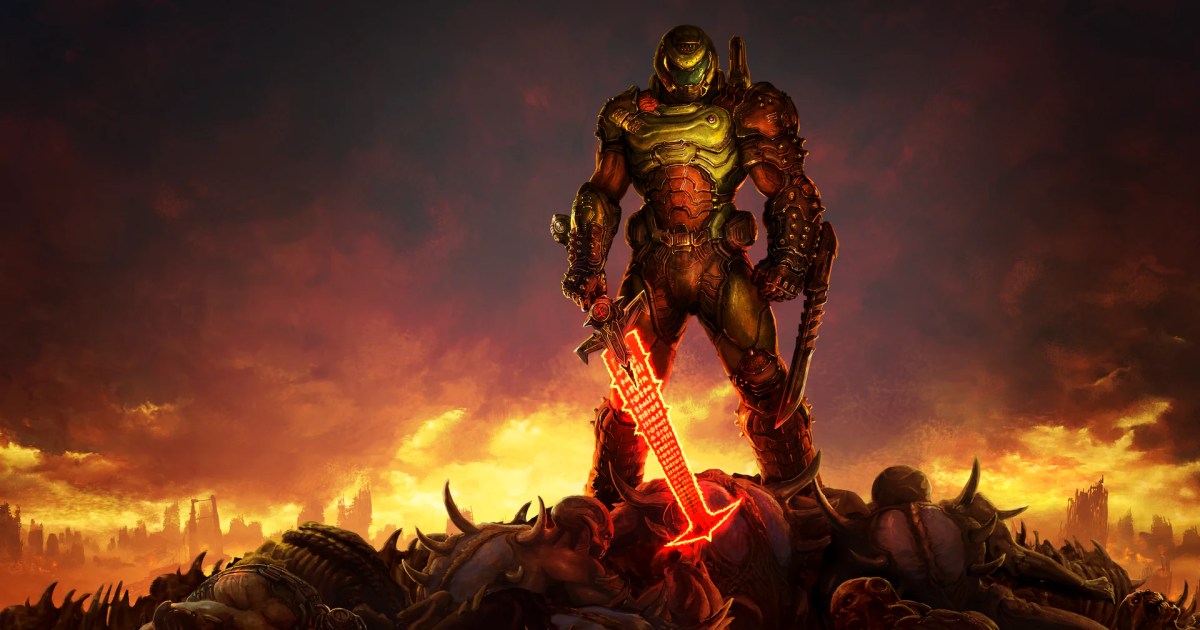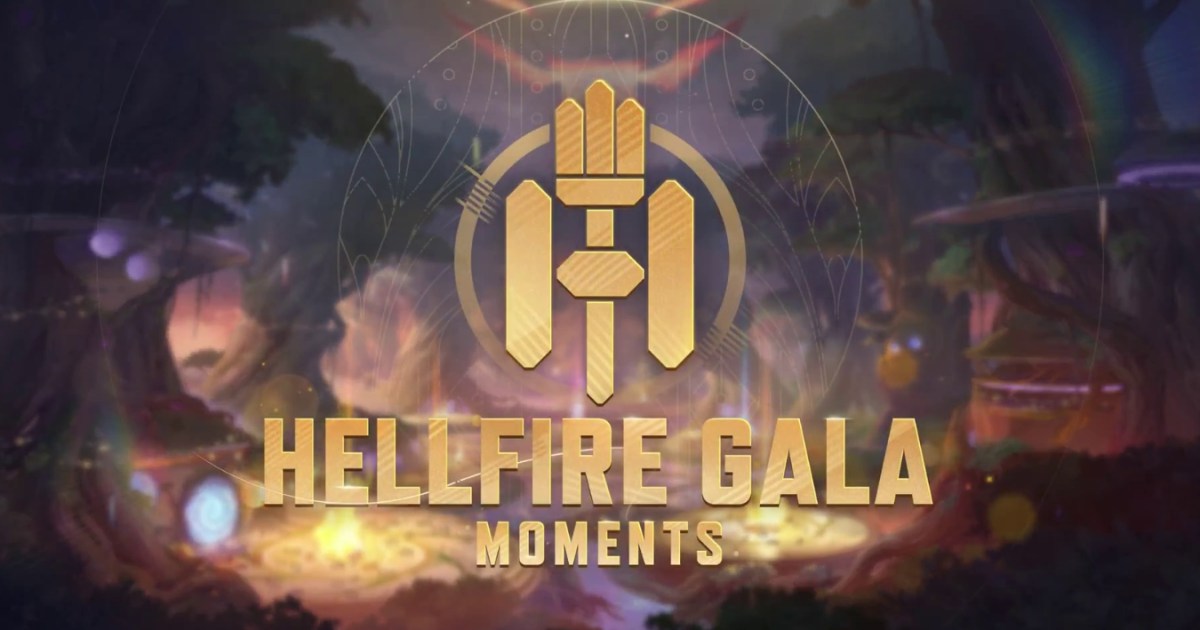The Doom franchise, a cornerstone of the FPS genre, offers more than just demon-slaying action. Beneath the surface lies a rich lore and complex timeline that adds depth to the experience. While enjoying the thrill of ripping through hordes of demons to a killer soundtrack is undeniably satisfying, understanding the narrative progression enhances the overall appreciation of the series. This article will guide you through playing the Doom games in both release and chronological order, unraveling the story of the Doom Slayer’s epic battle against hellish forces.
 An image depicting gameplay in Doom and Doom II.
An image depicting gameplay in Doom and Doom II.
Playing Doom Games by Release Date
Experiencing the Doom series in its original release order offers a unique perspective on the evolution of the franchise. From the groundbreaking 1993 original to the latest installment, playing in release order allows players to appreciate the advancements in gameplay, graphics, and storytelling. This approach is highly recommended for those embarking on their first playthrough, providing context and showcasing the foundation upon which the modern Doom games are built. This list includes all mainline Doom titles, excluding remakes, DLCs, and enhanced editions:
- Doom (1993)
- Doom II: Hell on Earth (1994)
- Doom 64 (1997)
- Doom 3 (2004)
- Doom (2016)
- Doom VFR (2017)
- Doom Eternal (2020)
- Doom: The Dark Ages (2025)
Playing Doom Games Chronologically
While the release order provides a historical perspective, playing the Doom games chronologically reveals the narrative arc of the Doom Slayer’s saga. Surprisingly, the seemingly disparate entries, from the classic titles to the rebooted series and even the unique Doom 64 and Doom 3, fit into a larger timeline (with some caveats regarding Doom 3). Playing in chronological order allows players to uncover the connections, Easter eggs, and lore woven throughout the series.
 An image depicting the Doom Slayer in Doom: The Dark Ages
An image depicting the Doom Slayer in Doom: The Dark Ages
Here’s the chronological order for experiencing the Doom Slayer’s journey:
- Doom (1993)
- Doom II: Hell on Earth (1994)
- Doom 64 (1997)
- Doom: The Dark Ages (2025)
- Doom (2016)
- Doom Eternal (2020)
- Doom 3 (2004)
The Case of Doom 3
Doom 3 presents a unique challenge to the chronological order. Its placement within the timeline is debated, with some considering it a prequel, others placing it after Doom 64, and still others arguing for an alternate timeline entirely. Since Doom 3 features a different protagonist and adopts a distinct tone and style, players focused solely on the Doom Slayer’s story can choose to omit this entry without sacrificing narrative cohesion.
Conclusion
Whether you choose to experience the Doom series by release date or chronological order, each approach offers a rewarding journey through a legendary franchise. Playing in release order allows for an appreciation of the series’ evolution, while the chronological order unveils a compelling narrative tapestry. Ultimately, the best way to play Doom is the way that best suits your preferences and desired experience. Dive into the demon-infested world and discover the epic tale of the Doom Slayer, one rip and tear at a time.











